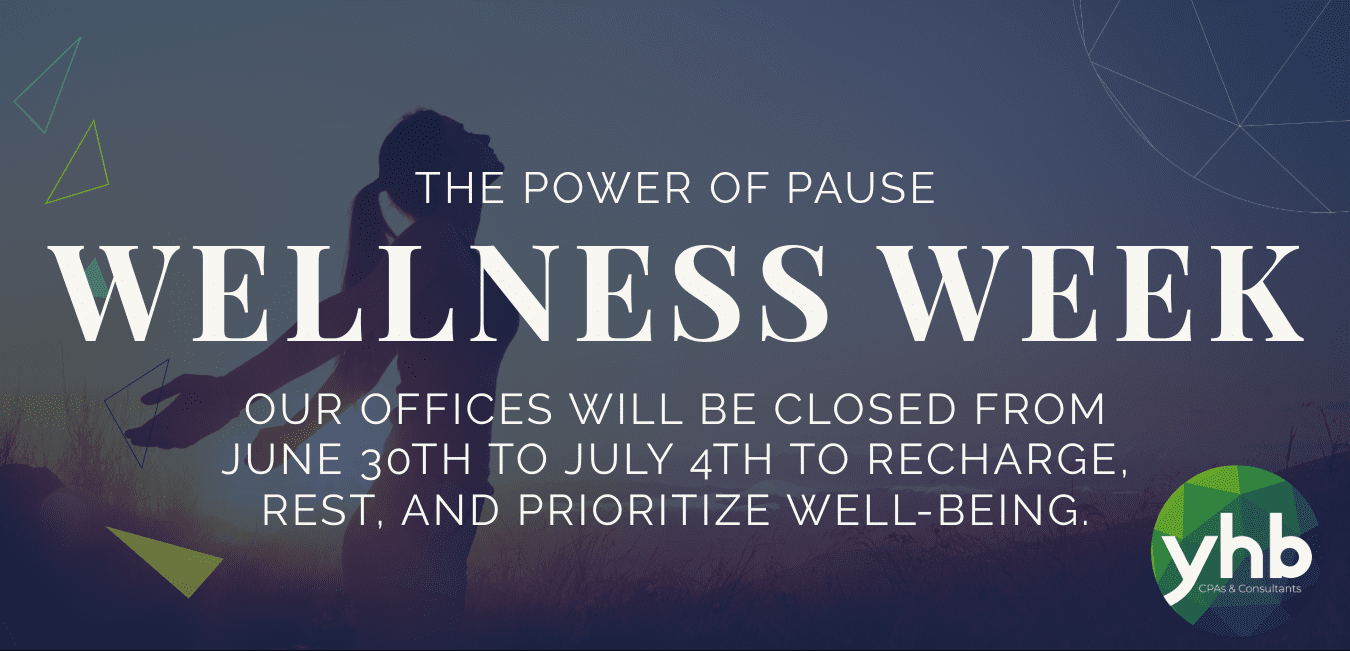The Consolidated Appropriations Act included several new relief packages for individuals and businesses. As we dissect the current bill, YHB is producing a series of in-depth analysis on the bill to help you take advantage of the bill. In this article, we will explore the new rules surrounding forgiveness of PPP loans.
PPP Loans Under $150,000
The SBA has a 24-day period to crease a one-page loan forgiveness application for people who received less than $150,000 in PPP loans. We are recommending that anyone with a loan under $150,000 wait to apply for forgiveness until SBA makes this new form.
In addition to creating a new form for forgiveness, the law also reduces the complexity of applying for forgiveness for loans under $150,000. Now, if you received a PPP Loan under $150,000 you will only need to:
- Describe the number of employees the company retained due to the PPP Loan
- Estimate the amount of the PPP loan that was spent on payroll
- List the total PPP Loan borrowed; and
- Keep payroll cost records for four years after you apply for forgiveness and any of the qualified cost records for three years after you apply.
Deduction for Amount Paid with PPP Loans
Prior to the bill, the IRS ruled that any amounts paid for with PPP funds would not be deductible for the company. The new bill changes this rule and now allows a deduction for any amounts paid for with PPP loan funds.
Additional Expenses for PPP Loan Forgiveness for Second Round of PPP Loans
The new bill has also increased the types of costs that are eligible for forgiveness. These costs include:
- Worker Protection Expenditures;
- Supplier Costs;
- Operations Expenditures;
- Property Damage Costs; and
- Additional Payroll Costs.
Worker Protection Expenditures include items that help protect employees that comply with federal, state or local government safety guidelines. For example, adding plastic sheets between the customer and cashier at a restaurant would qualify.
Supplier costs are any cost that is essential for the company. There needs to have been a contract, order or purchase order in order to qualify.
Operations expenditures include business software or cloud computing software that helps the business operate, any product or service delivery, any payroll processing, human resources, sales and billing funds or accounting for supplies, inventory and records.
Property damage costs are any cost to fix property from vandalism or looting during 2020 if the cost was not covered by insurance.
Payroll costs now also include insurance payments for group life and disability.
Should you have any questions, contact a YHB advisor today!



